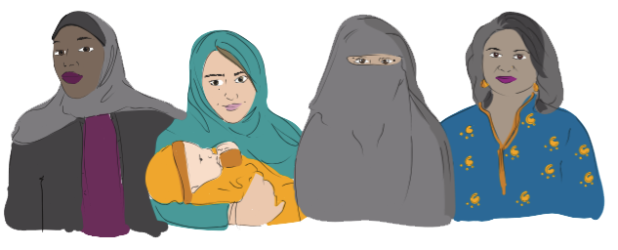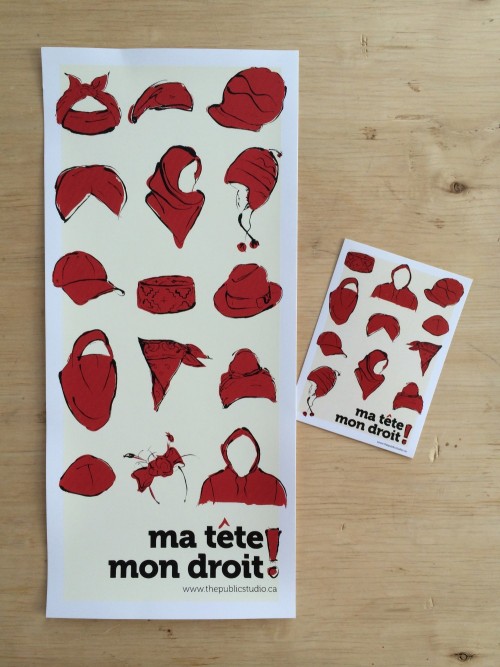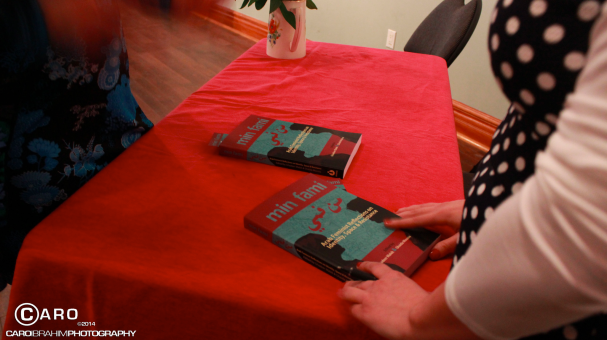Earlier this year I had the privilege to create artwork for and design the resource “Rivers of Hope – A Toolkit on Islamophobic Violence by and for Muslim Women”. A research report by Sidrah Ahmad, the toolkit contains true accounts by 21 women brave enough to share them, as well as a breakdown of the types of violence they experienced, tips on how allies can support women after such incidents occur, and self-care tips for the survivors themselves. Poetry by Muslim women is also placed throughout.
The toolkit is part of Sidrah’s mission to create practical resources and safe spaces for Muslim women who have experienced gendered islamophobic violence to access support. In an interview with MuslimGirl’s Niqabae, Sidrah describes this term as a way…
“…to describe the specific forms of Islamophobic stereotypes and discrimination that Muslim women face. Through gendered islamophobia, Muslim women are portrayed as weak, oppressed, repressed, and as helpless victims…[These] narratives make [them] more vulnerable to gender-based violence. For example, we know that the majority of anti-Muslim hate crimes are directed at Muslim women – this is gendered islamophobia at work. Muslim women are thought to be ‘easy targets,’ and so this heightens the likelihood of violence being perpetrated against them.”

Black Muslim women have the further displeasure of experiencing a dose of anti-black racism in addition the types of xenophobic misogyny outlined in the report.
There is also the issue of invisibility and underreporting when it comes to Muslimahs who have experienced violence at the hands of Muslim and non-Muslims alike. In the aforementioned interview, Sidrah goes onto lament the lack of “safe spaces for Muslim women to come forward with all of our complexity, and our full stories about the violence we’ve lived through, and be believed, supported, and heard.” Reports made to agencies outside of the Muslim community can often be met with blame for one’s religion or culture, with survivors being told their communities are backwards or barbaric. Alternately, reports of abuse made within the community can be met with victim-blaming, or being told to keep the incident quiet for fear of being shunned by other members.
Both these reactions force many women to remain silent about the abuses they face, and neither is conducive to helping survivors of violence on their journey to healing. In essence this is why reports and toolkits like Sidrah’s are so necessary. Her vision to ensure that Muslim women don’t have to suffer or heal alone is to create an accompanying workshop for the toolkit so that it may be disseminated across several communities.

To learn more about the Rivers of Hope toolkit or to access a FREE copy of the entire toolkit for your personal or organizational use, click here.
You can also follow progress of the report on their Facebook page, and read more about it via these features in the Toronto Star and on MuslimGirl.











